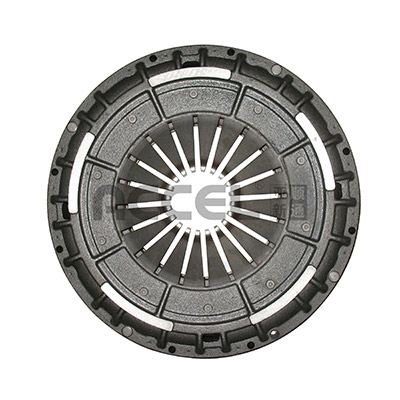Mobile:+86-311-808-126-83
Email:info@ydcastings.com
English
Tips for Replacing Your Vehicle's Water Pump Efficiently and Effectively
Understanding the Importance of Replacing Your Car's Water Pump
The water pump is one of the most critical components of any vehicle’s engine cooling system. It plays a vital role in maintaining the engine's temperature by circulating coolant through the engine block, radiator, and heater core. When this part fails, it can lead to serious engine issues, making the timely replacement of a malfunctioning water pump essential for the longevity and efficiency of your vehicle.
Signs of a Failing Water Pump
Understanding when to replace your car's water pump can save you from extensive engine damage. Common indicators of a failing water pump include
1. Overheating Engine If your engine temperature gauge consistently reads above normal levels, it may signal an issue with the water pump. An overheating engine can lead to blown gaskets, warped cylinder heads, or even complete engine failure.
2. Coolant Leaks A puddle of coolant under your vehicle can indicate a leak in the water pump. This may be accompanied by signs of rust or corrosion around the pump area, which often means it's time for a replacement.
3. Unusual Noises A failing water pump may produce strange sounds such as grinding or humming due to worn bearings or a loose impeller. Ignoring these noises can exacerbate the problem, leading to more severe engine complications.
The Replacement Process
replace car water pump

Replacing a water pump is essential for maintaining a healthy engine, and while it can be a complex process, it is a manageable task for those with mechanical knowledge. Here are the basic steps involved in the replacement process
1. Preparation Make sure to gather all necessary tools, including wrenches, screwdrivers, and a new water pump. Before beginning, ensure your engine is cool, and disconnect the battery to avoid any electrical hazards.
2. Drain the Coolant Start by draining the coolant from the radiator. This prevents a mess and allows for a safe and clean working environment.
3. Remove Components Depending on your vehicle's design, you may need to remove other components to access the water pump, like the serpentine belt and timing cover. Take note of how these parts are assembled, as they will need to be reinstalled later.
4. Replace the Water Pump Carefully remove the old water pump and install the new unit, ensuring that any gaskets are seated properly to prevent leaks.
5. Reassemble and Fill Once the new water pump is in place, reassemble all other components and refill the radiator with coolant. Finally, reconnect the battery.
6. Testing Start the engine and allow it to warm up. Check for any leaks and ensure that the engine temperature remains within the normal range.
Conclusion
The water pump is a crucial part of your vehicle's cooling system. Regular checks and timely replacements can help avoid costly repairs down the line. If you suspect any issues with your water pump, it is essential to address them promptly. Whether you decide to undertake the repair yourself or seek help from a professional mechanic, understanding the signs and processes involved in replacing your car's water pump is key to ensuring that your vehicle runs smoothly and efficiently. Investing in preventative maintenance today can save you from significant headaches in the future.
-
Premium Fan Housing & Motor Casing for Optimal AirflowNewsAug.31,2025
-
High-Performance Automobile Water Pump & Electric SolutionsNewsAug.30,2025
-
Expert Stainless Steel Casting | Precision & Durable Metal PartsNewsAug.29,2025
-
Precision Metal Castings: Aluminum, Stainless Steel & Die CastingNewsAug.28,2025
-
Superior Aluminum Castings in Automotive Engine PartsNewsAug.22,2025
-
Common Materials Used in Fan Housing ManufacturingNewsAug.22,2025











